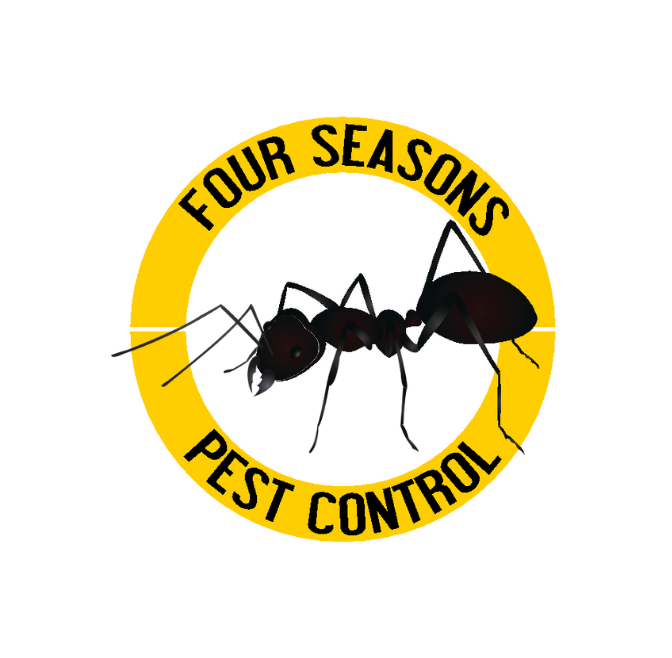Moisture
Moisture in a crawlspace is the presence of excess water or dampness. Moisture content can come from various sources, such as groundwater seepage, poor drainage, leaks in plumbing, or inadequate ventilation.
Having a healthy crawlspace is detrimental to the foundation of your home,
Potential Problems
Here's why it's important to fix moisture issues in a crawlspace:
- Structural Damage: Excess moisture can lead to wood rot and decay. Over time, structural components such as floor joists, beams, and subflooring will deteriorate. This compromises the stability and safety of the building.
- Mold and Mildew Growth: High moisture levels create a conducive environment for mold and mildew growth. Mold damages building materials and poses health risks to occupants, especially if you have a respiratory issue.
- Pest Infestations: Damp conditions attract pests such as termites, ants, and rodents. The presence of these can further damage the structure and pose health hazards.
- Energy Efficiency: Moisture in the crawlspace can lead to increased humidity levels. This can make it harder to regulate indoor temperatures and potentially increase energy costs.
Signs of Moisture Issues
These can vary depending on the severity of the issue but common indicators include:
- Musty Odor: Damp environments often produce a musty or moldy smell. This will be noticeable when entering the crawlspace or even in the living areas above.
- Visible Mold or Mildew: Mold or mildew growth on surfaces such as walls, insulation, wooden beams, and subflooring. Mold can appear as black, green, or white spots and may spread rapidly in moist conditions.
- Water Stains: Water stains or discoloration on walls, floors, and structural components. These stains may indicate past or ongoing water intrusion.
- Rotting Wood: Wooden beams, floor joists, and subflooring may have signs of rot, decay, or deterioration. Moisture-laden wood is prone to softening, warping, and crumbling over time.
- Rusty Metal: Look for rust or corrosion on metal components such as nails, screws, support brackets, and plumbing fixtures. Rust formation suggests prolonged exposure to moisture.
- Condensation: Condensation on surfaces, especially pipes, ductwork, and insulation, indicates high humidity levels within the crawlspace. Excessive condensation can lead to water droplets forming and dripping onto the ground.
- High Humidity Levels: A moisture meter can detect humidity levels in the crawlspace. Our rule of thumb is anything over 16% is cause for concern.
- Standing Water: This can cause significant damage to the structural integrity.
- Pest Activity: Pest activity such as termite tunnels, ant trails, or rodent droppings can indicate a moist environment.
- Warped or Buckled Flooring: Flooring such as hardwood or laminate may warp or buckle in response to moisture exposure. This distortion is particularly evident near the perimeter of the crawlspace, where moisture levels are typically higher.
How to Address Moisture Issues
To address standing water in a crawlspace, consider the following steps:
- Identify the Source: Determine where the water is coming from. It could be due to poor drainage, groundwater seepage, plumbing leaks, or surface runoff.
- Improve Drainage: Ensure proper grading around the foundation to direct surface water away from the crawlspace. Install or repair gutters, downspouts, and French drains to manage water runoff effectively.
- Seal Foundation Cracks: Seal any cracks or gaps in the foundation walls or floor to prevent groundwater seepage into the crawlspace.
- Install a Sump Pump: If the standing water persists, consider installing a sump pump to remove excess water from the crawlspace.
- Install a Vapor Barrier: Lay down a vapor barrier, such as heavy-duty plastic sheeting, over the ground to prevent moisture from rising up through the soil. Make sure to overlap seams and tape them securely.
- Improve Ventilation: Ensure adequate ventilation in the crawlspace to promote airflow and reduce humidity levels. This may involve installing vents or fans to facilitate air exchange.
- Professional Assistance:
For severe cases of standing water, it's advisable to seek help from professionals such as Four Seasons Pest Control. We can assess the situation and recommend appropriate solutions.
Having someone you can trust and give you an honest opinion on what's going on under your home is vital. We have the knowledge and experience with crawlspace inspections. We will let you know if you have an issue or not. Give us a call for a free inspection on (NC) 252-453-3601 or (VA) 757-729-1744).

